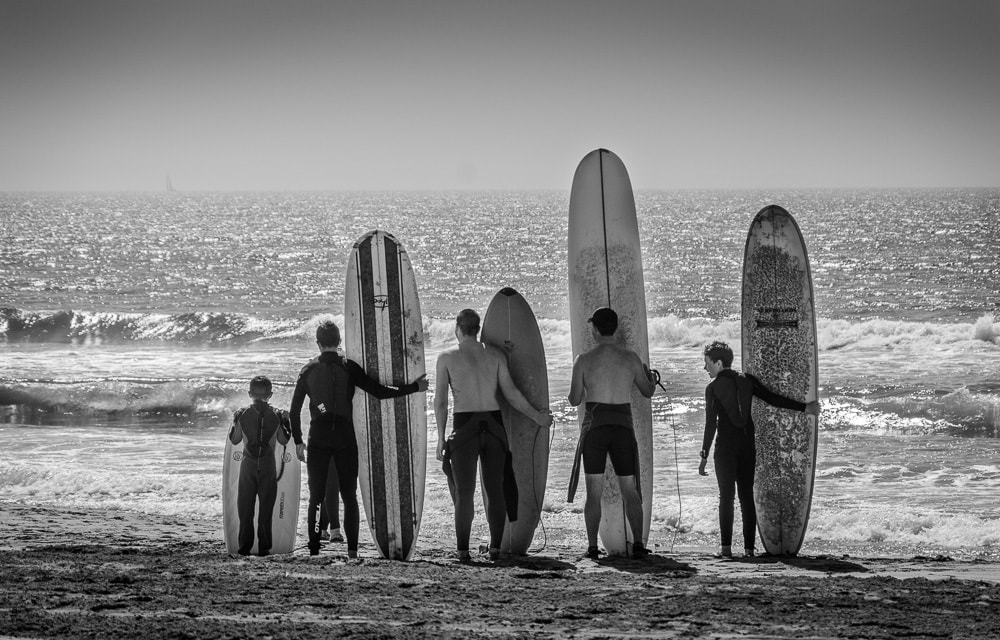Summer began yesterday (at least in Spain) and many of us are drawn with it like a magnet to the seashore. The beach is our refuge, what charges our batteries, our zen place. If you're one of these people, chances are you're already enjoying it or packing your bags. That is why today I am going to give you a few tips for photographing on the beach . If you are in the southern hemisphere, even if you are not suffering the same heat as us and you do not need the sea to cool off, it does not mean that a walk along the shore is not pleasant or that you have some advantages that we are far from enjoying here right now , such as an empty cove or a storm at sea. You stay?
Before continuing, if you like nature photography, you can't miss this mega guide with tips, tricks and lots of inspiration .
1. MANAGE LIGHT WELL
Light is the most important element in a photograph, something that we often repeat on the blog and that we will not stop doing. Because it is so. There is no other, just like two plus two equals four, no matter how much we want to be original or provide new information.
I insist today on the subject of light because on the beach, many times people go too far. People usually go down around noon and want to have their memory of those moments, what happens is that around those hours the sun causes too harsh a light, creating very marked shadows and eliminating details. Another common mistake made by beginners is trying to achieve the silky effect when there is a lot of light.
This does not mean that you cannot take photos in the central hours of the day, but that you should know what type of images look best with this light. For example, hard light enhances the brilliant blue of the water, so if you want to highlight turquoise waters from sparkling white sand, this is the best time. However, for a portrait, you better wait for the Lorenzo to come down or place your model under the umbrella or in some shade. If you are going to photograph a group of people, avoid having some in the sun and others in the shade. To have soft or diffused light, take advantage of sunrise or sunset.
On the other hand, since sand is a powerful reflector, you must be careful when exposing, if the subject of exposing and measuring scares you or you don't know very well what I'm talking about, don't miss this guide .
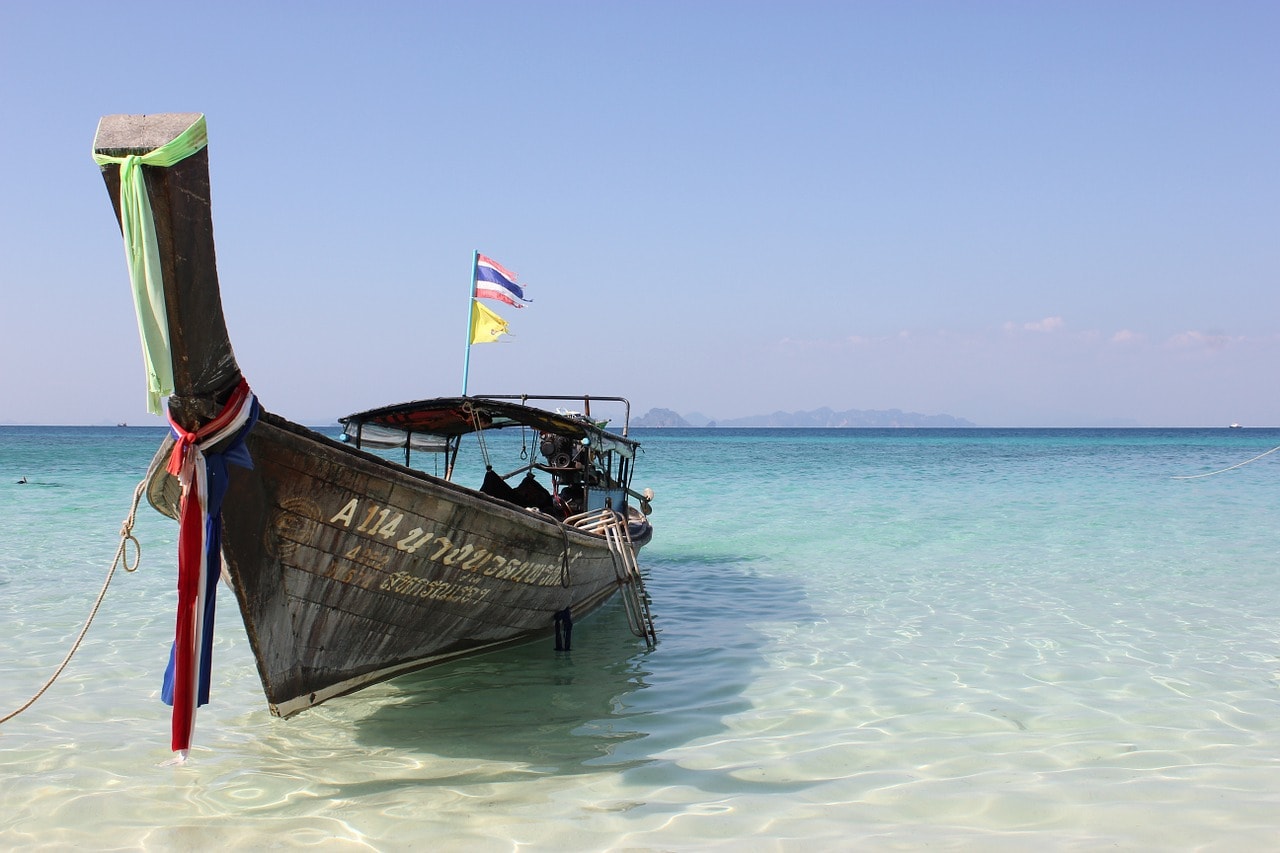
2. APPLY THE RULES
As much as the landscape is spectacular or the moment worth immortalizing, as long as you don't compose the elements in an attractive way, the image will be flat, empty, lacking in interest. Remember that there are some rules, such as the horizon or three thirds, and skip them only and only when you have a clear intention.
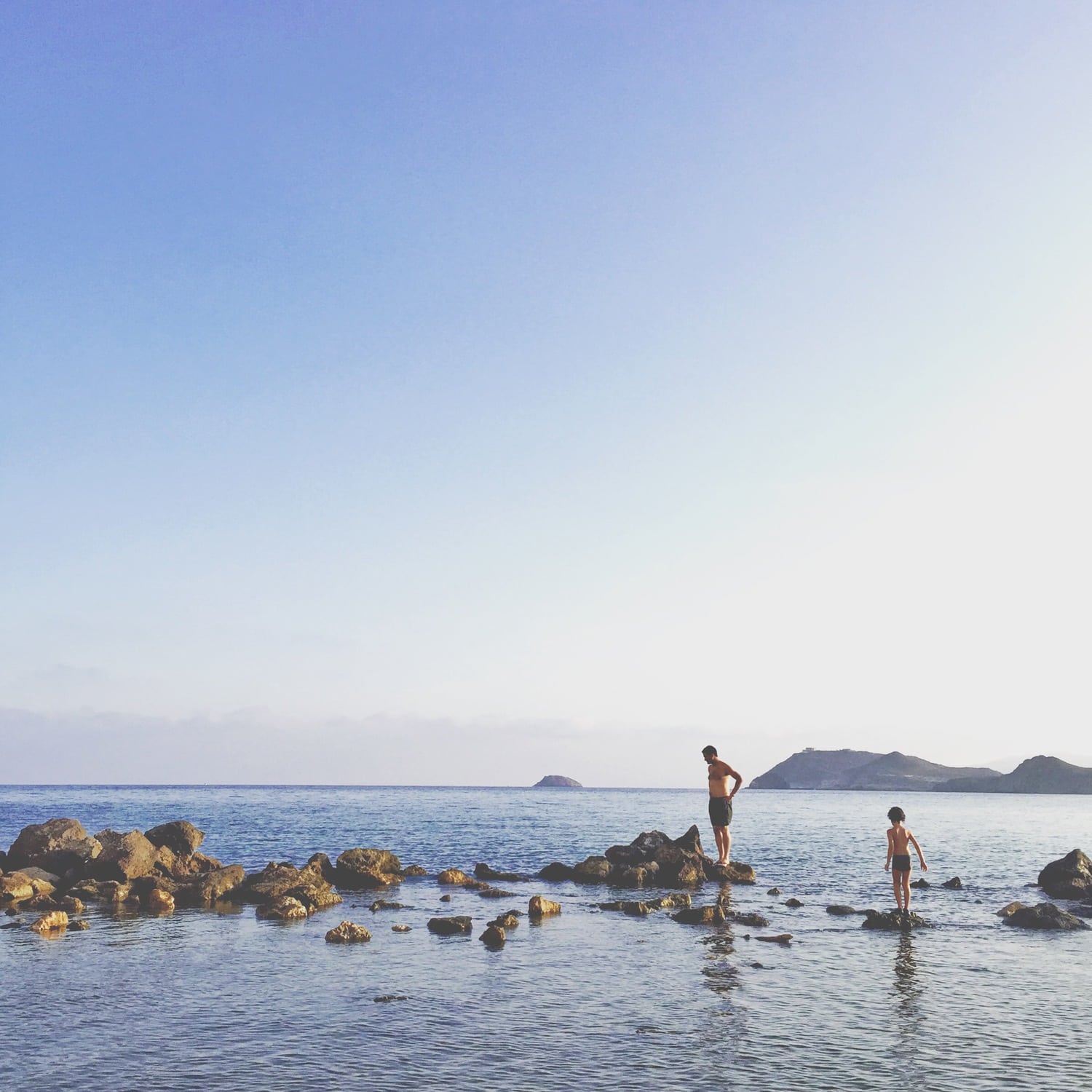
3. NO MORE CROOKED HORIZONS (PLEASE!)
Unless you have a clear intention, very, very justified, take the straight horizon. If you can't make it when shooting, don't hesitate to run your image through an editor and straighten it. Otherwise, you will ruin the photo. If something in the image above squeaks you, that's it. Although in this case it's just a millimeter, it's enough to damage your eyesight ?
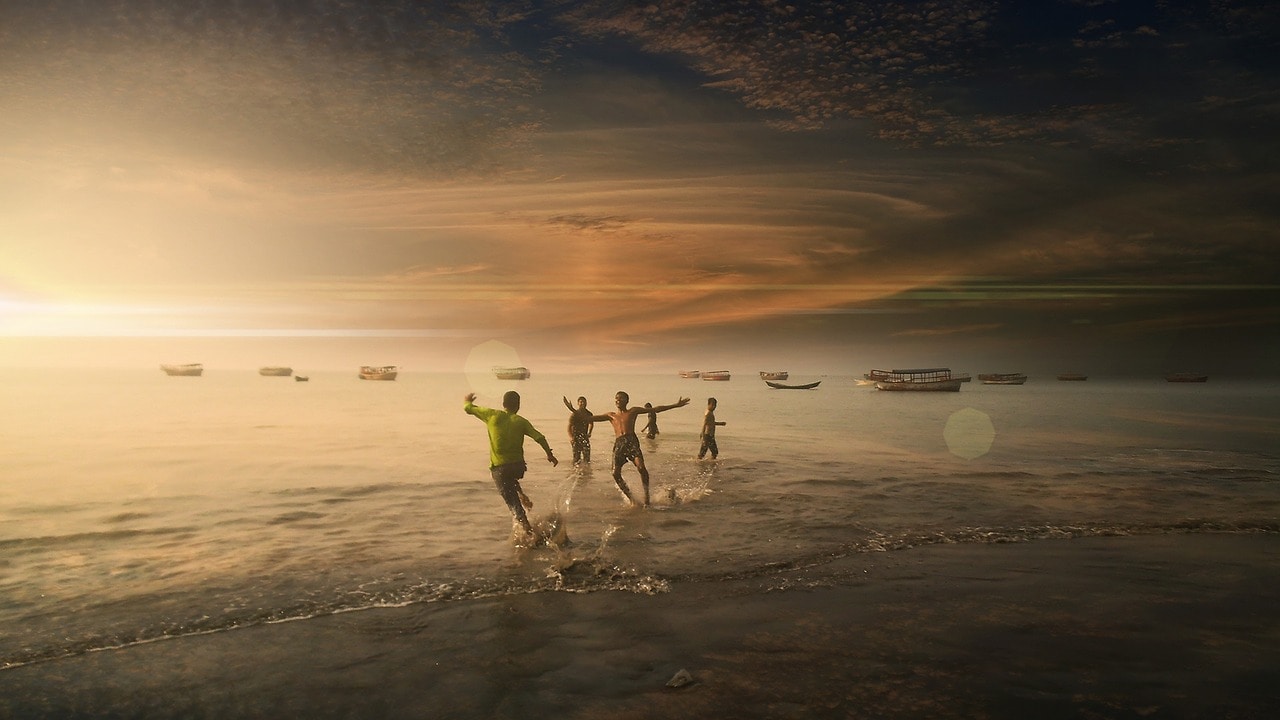
4. TAKE ADVANTAGE OF NATURAL FRAMES
Natural framing is a compositional resource that you can use to add appeal to your photography. The beach can offer you many possibilities, if you don't believe me, here is an example.
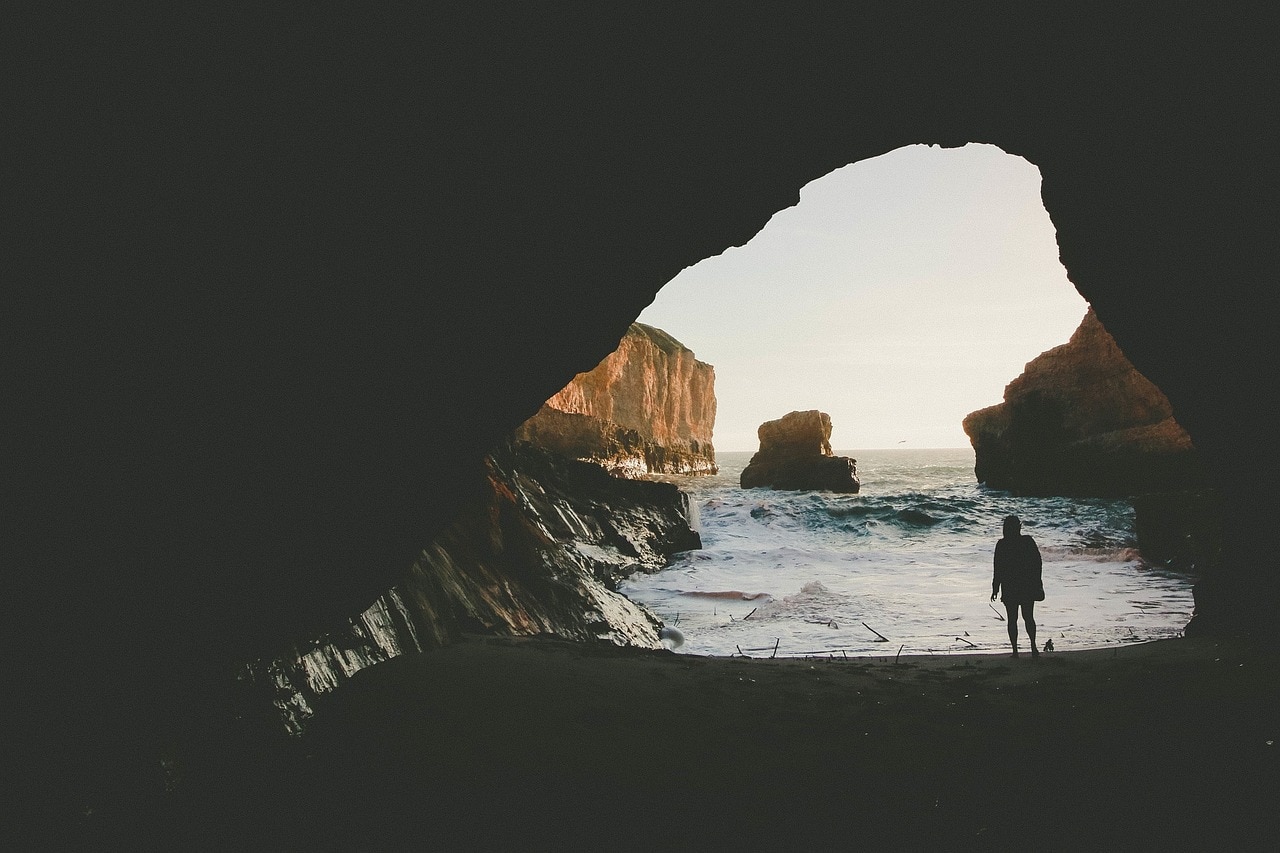
5. GUIDE THE VIEWER'S GAZE
Use any element of the scene that helps you guide the viewer's gaze in your photograph. Footprints, waves, repeating patterns… any line that draws attention how and where you want it will add appeal to your images.
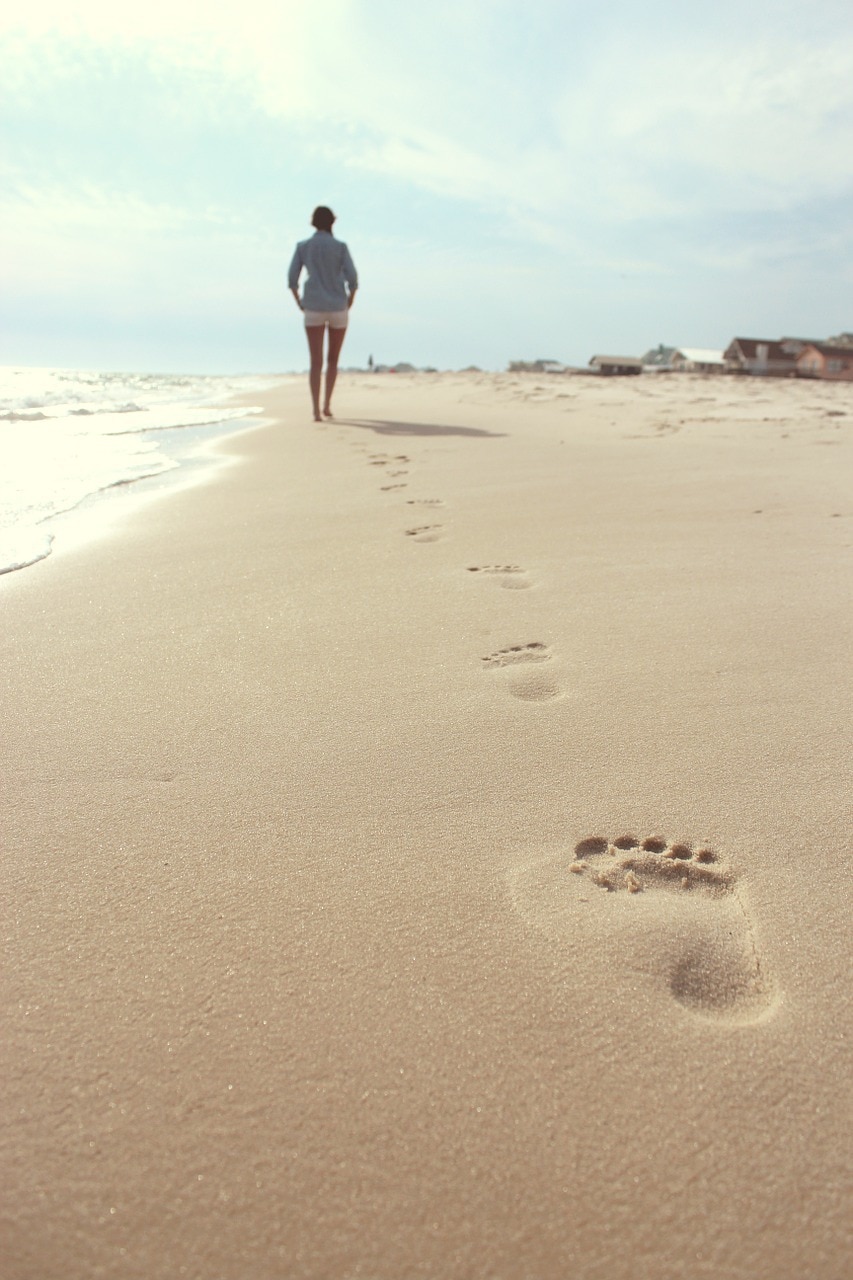
6. ADD DEPTH
When converting a landscape to two dimensions, there are so many elements that are lost along the way that it is very easy to end up with a flat result, in every sense of the word. There are some tricks to avoid this, one of them is to add depth to the scene. How can you get it? It includes elements in the different planes, both in the foreground and in the background. Observe the following image.
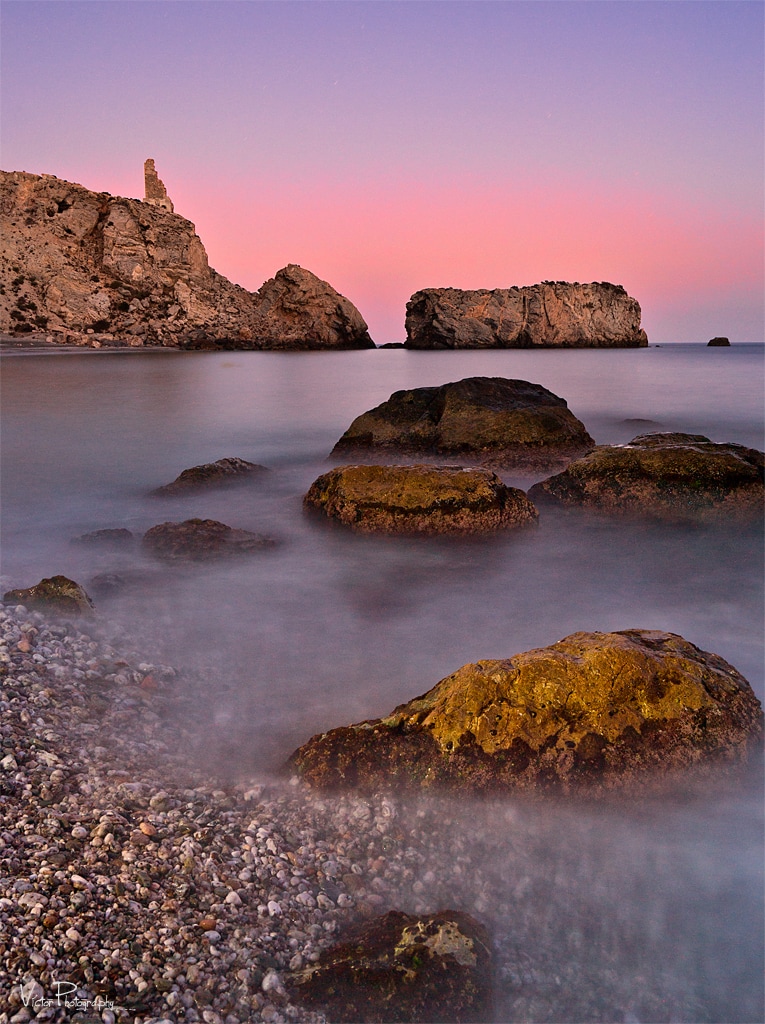
7. CHANGE THE POINT OF VIEW
A different perspective can turn a photograph completely upside down. You can go from getting an uninteresting image to getting a spectacular image simply by changing the angle from which to shoot . Do not limit yourself to photographing at eye level, we are already so used to that view that it does not tell us anything new, get down, climb on the rocks, shoot from a boat... but move and surprise ?
This resource can also be used to change funds. If you want to photograph your children on the shore and the beach is very crowded, change the perspective to make the bathers disappear.
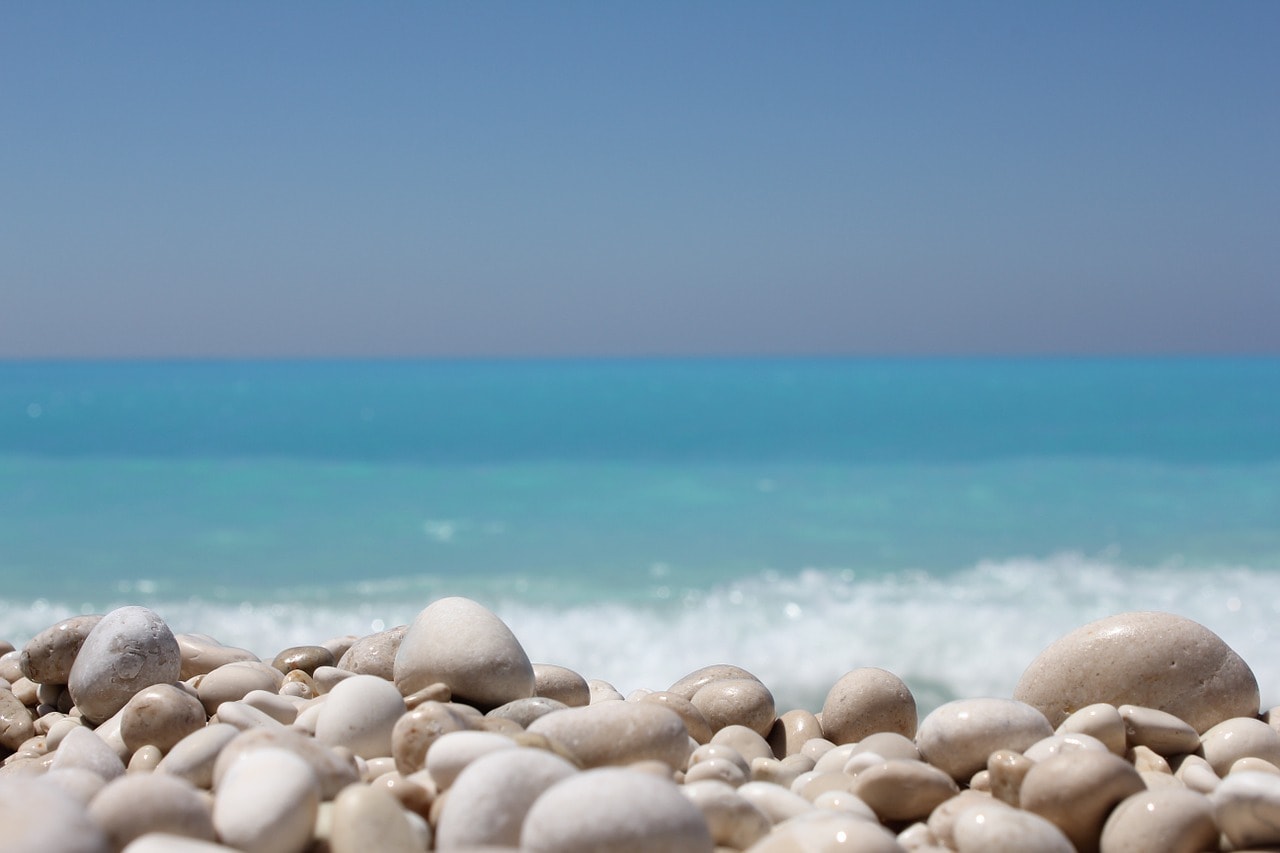
8. LOOK AROUND WHEN PHOTOGRAPHING ON THE BEACH
As tempting as the sea is, which catches the eye to an almost hypnotic point, sometimes it is also interesting to take a look around and discover the landscapes that the sea has drawn. The rocks, mountains, dunes or other natural elements that join hands with the ocean can be very worthy of being photographed.
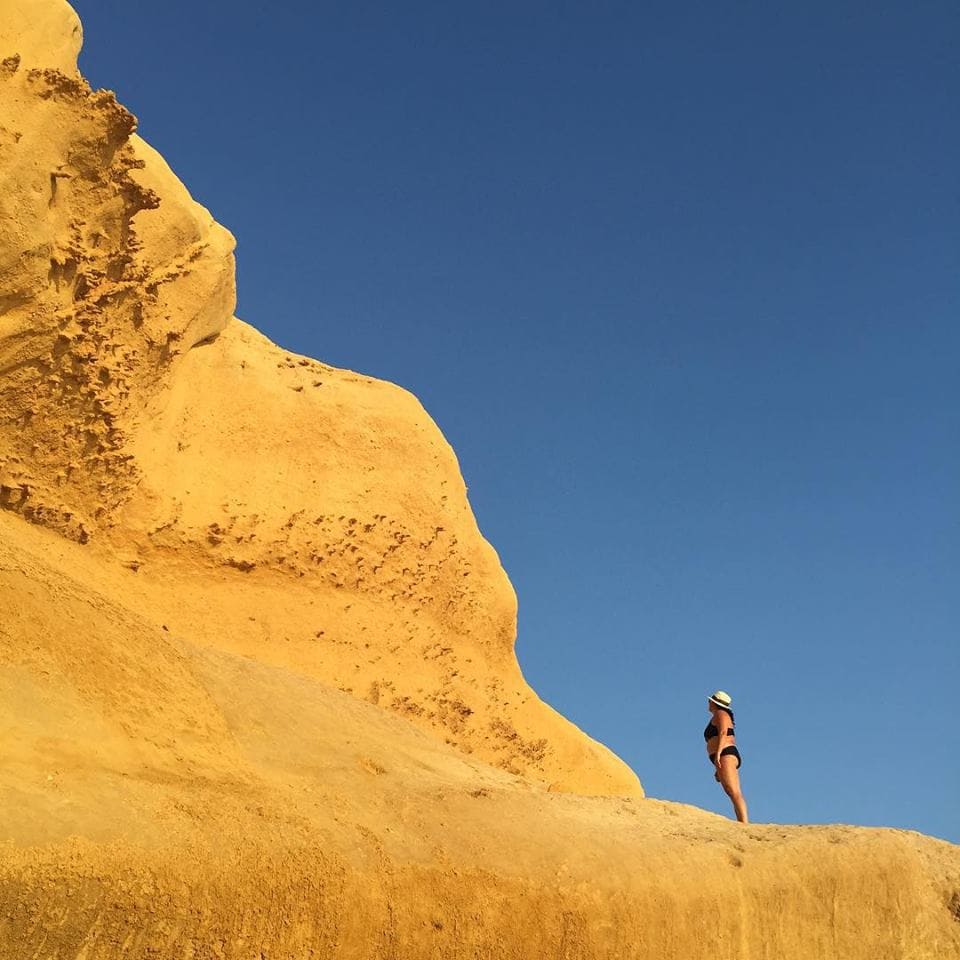
9. TELL STORIES
The beach is a wonderful setting for storytelling. Write micro-stories with your camera, taking advantage of a location that the film industry fights for ? Here 's a guide to telling stories through your photos.
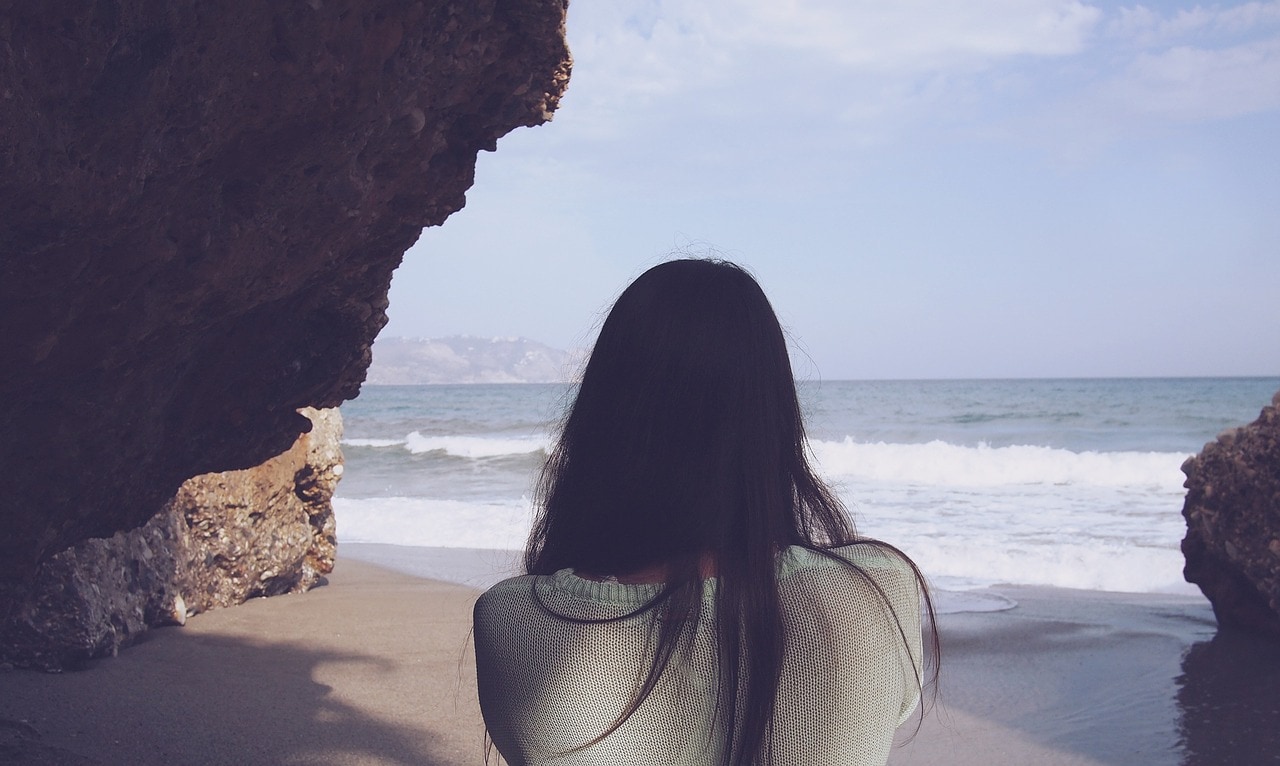
10. CAPTURE MOMENTS AND EMOTIONS WHEN PHOTOGRAPHING THE BEACH
I like the word "snapshot" much better than "photograph" because of what it implies. A snapshot is not simply drawing with light, it is capturing that moment, that moment that you want to keep on your retina forever, it goes far beyond light or technical details. It's going straight to the feelings. Surely on the beach you find a lot of those moments that inspire you tenderness, nostalgia, joy... Don't let them pass you by.
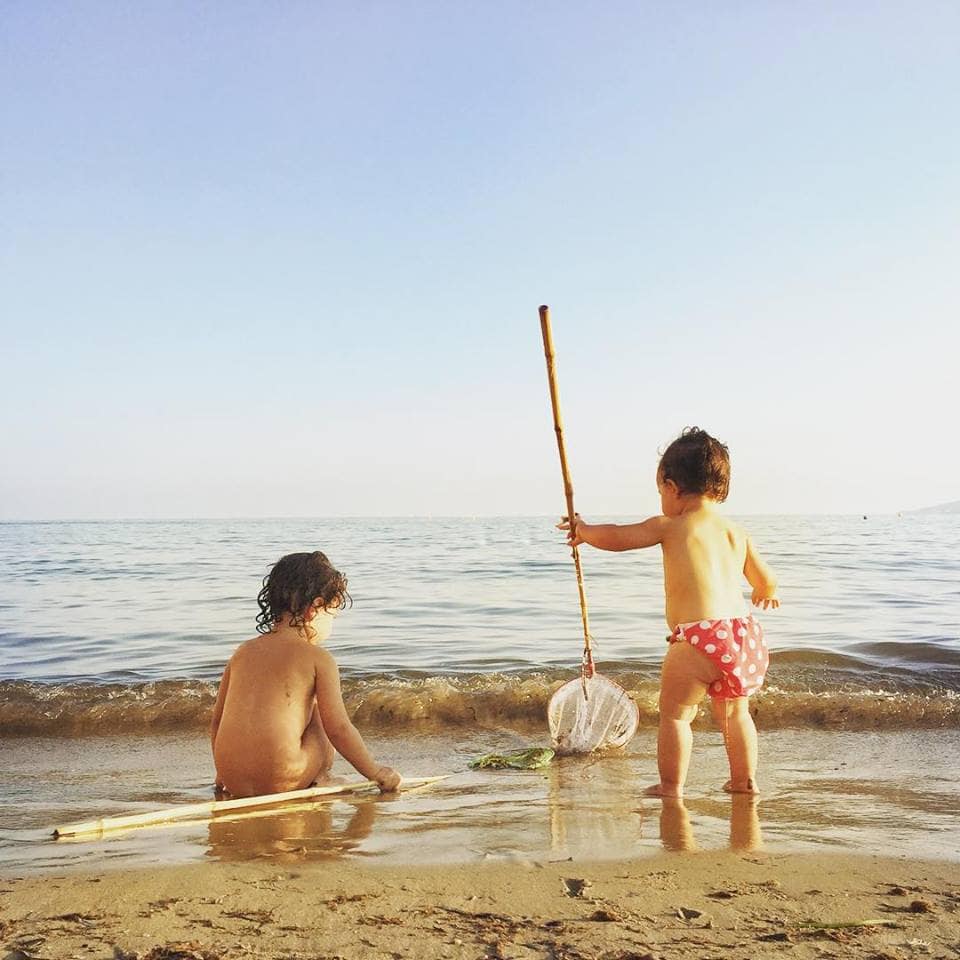
11. GIVE RHYTHM TO YOUR IMAGE
On the beach, like in any other setting, you'll find repeating patterns that you can take advantage of to add rhythm to your image and I'm not talking about the summer song ? . There are many ways to do it, Alexa tells you here .
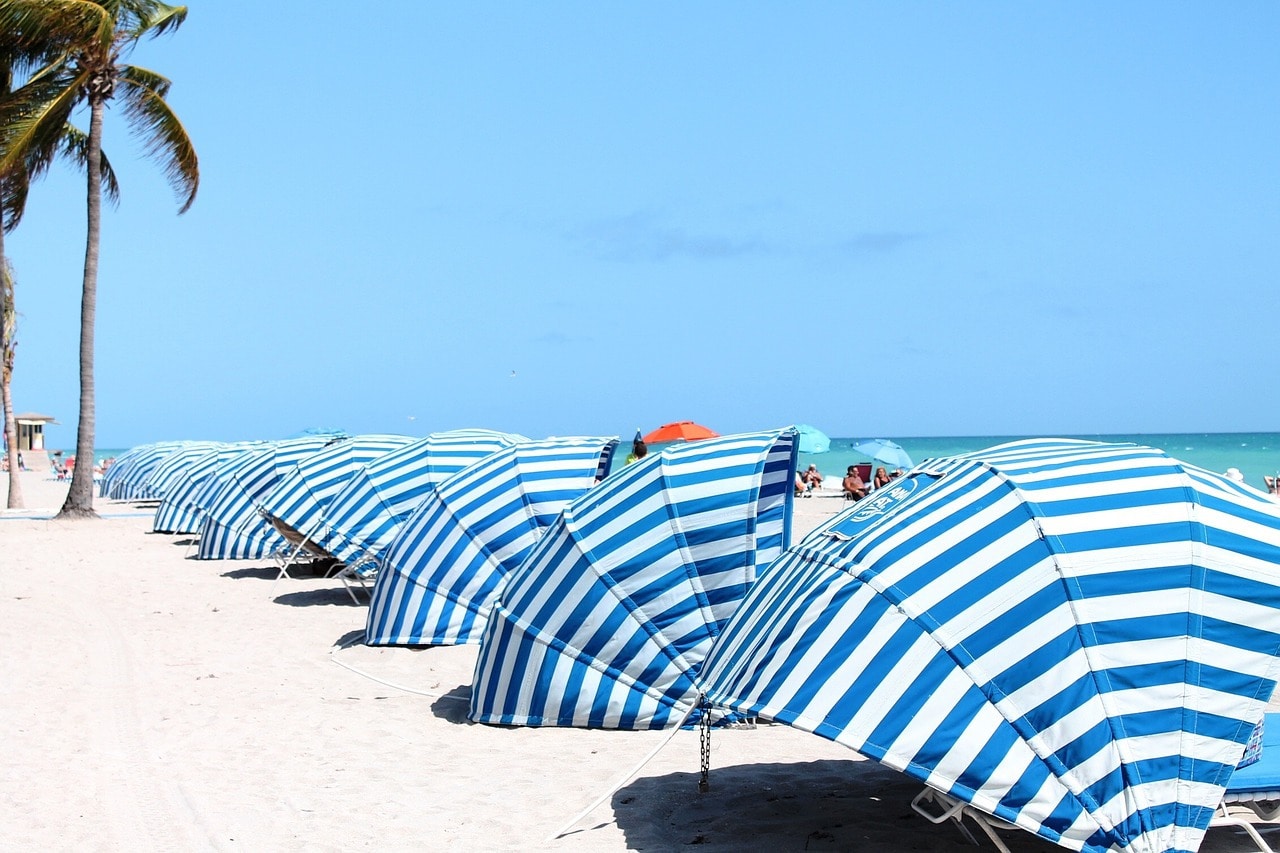
12. GET SOME OF YOUR BEST PORTRAITS
The beach, in addition to offering you impressive backgrounds and spectacular natural light at sunset or sunrise, gives you the gift of water, an element that works wonderfully well as a co-star in a portrait. Here are some tips for taking amazing portraits with water (or in the water ? ).
13. TAKE PHOTOS UNDERWATER
Today there are many mobile phones that you can submerge and that have high-quality cameras. If you are lucky enough to have one of them or an aquatic housing, even though throughout the year you have the possibility of using the pools to shoot underwater, do not waste the one to photograph under the sea, because there is nothing like the light, the colors and the backgrounds that the ocean offers you. Let your imagination run wild to achieve spectacular underwater photos and take advantage of the brightest moments, in this case, noon is a fantastic option to press the button.
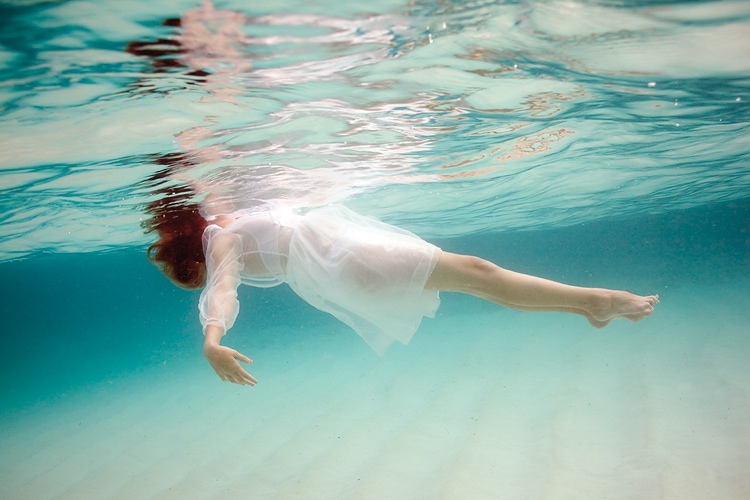
14. USE POLARIZING FILTERS WHEN PHOTOGRAPHING ON THE BEACH
A tool that can help you with light management or color management are polarizing filters , don't be afraid to use them.
15. PRACTICE LONG EXPOSURE PHOTOGRAPHY
If you haven't experimented with long exposure yet, I recommend you try it on the beach and practice the silky effect in the sea, you won't regret it! Of course, a tripod is essential and do it when there is almost no light.
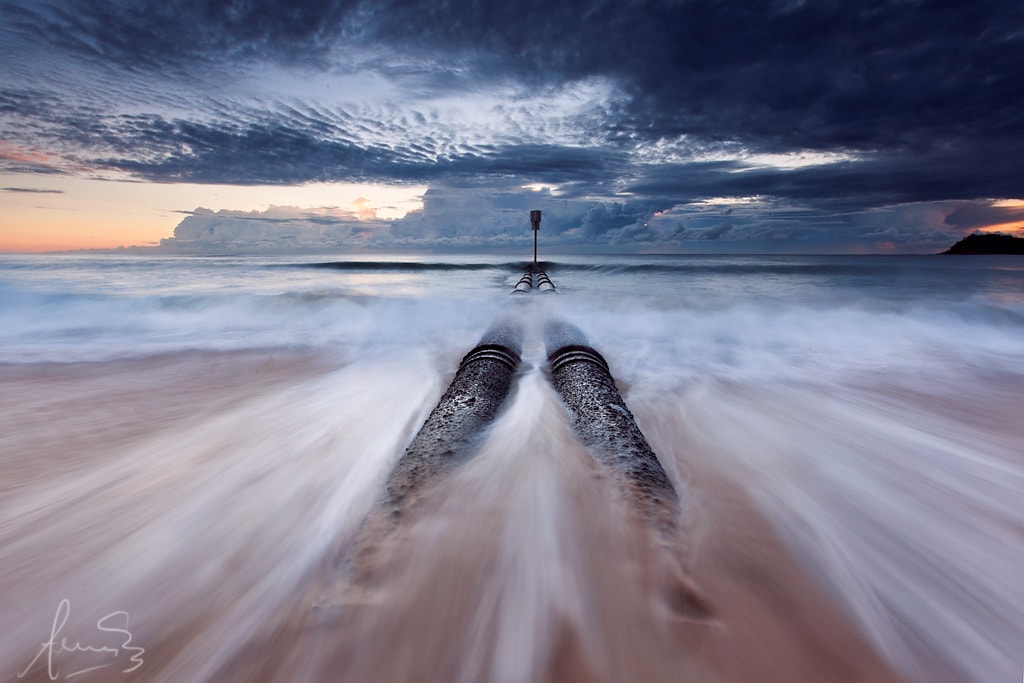
16. DO NOT FORGET BLACK AND WHITE WHEN YOU GO TO PHOTOGRAPH THE BEACH
We are not going to deny that one of the greatest attractions of the beach is the blue of the sea. That does not mean that there are moments or snapshots that cannot be dressed in black and white .
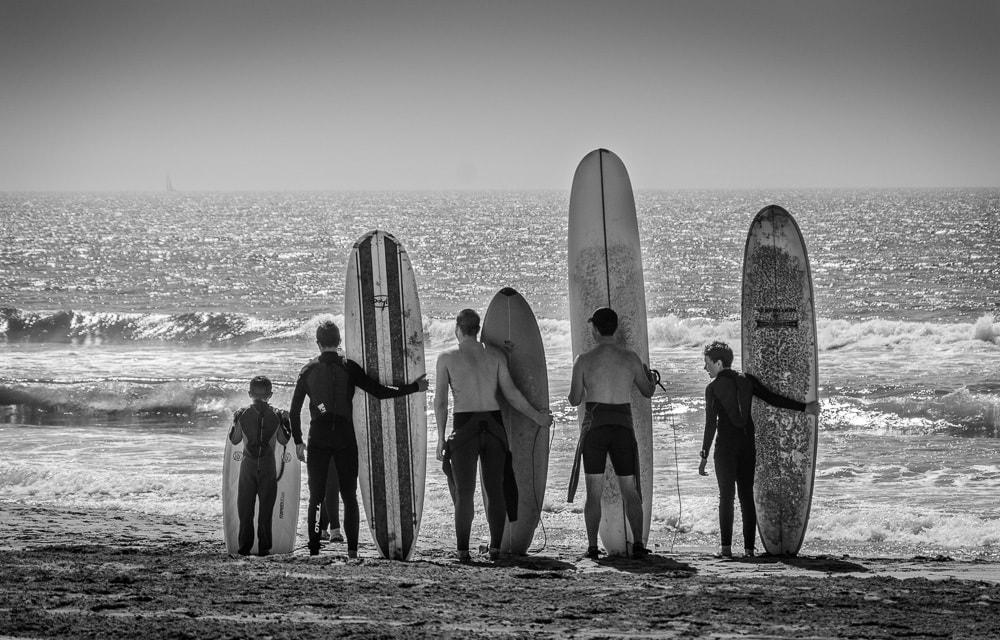
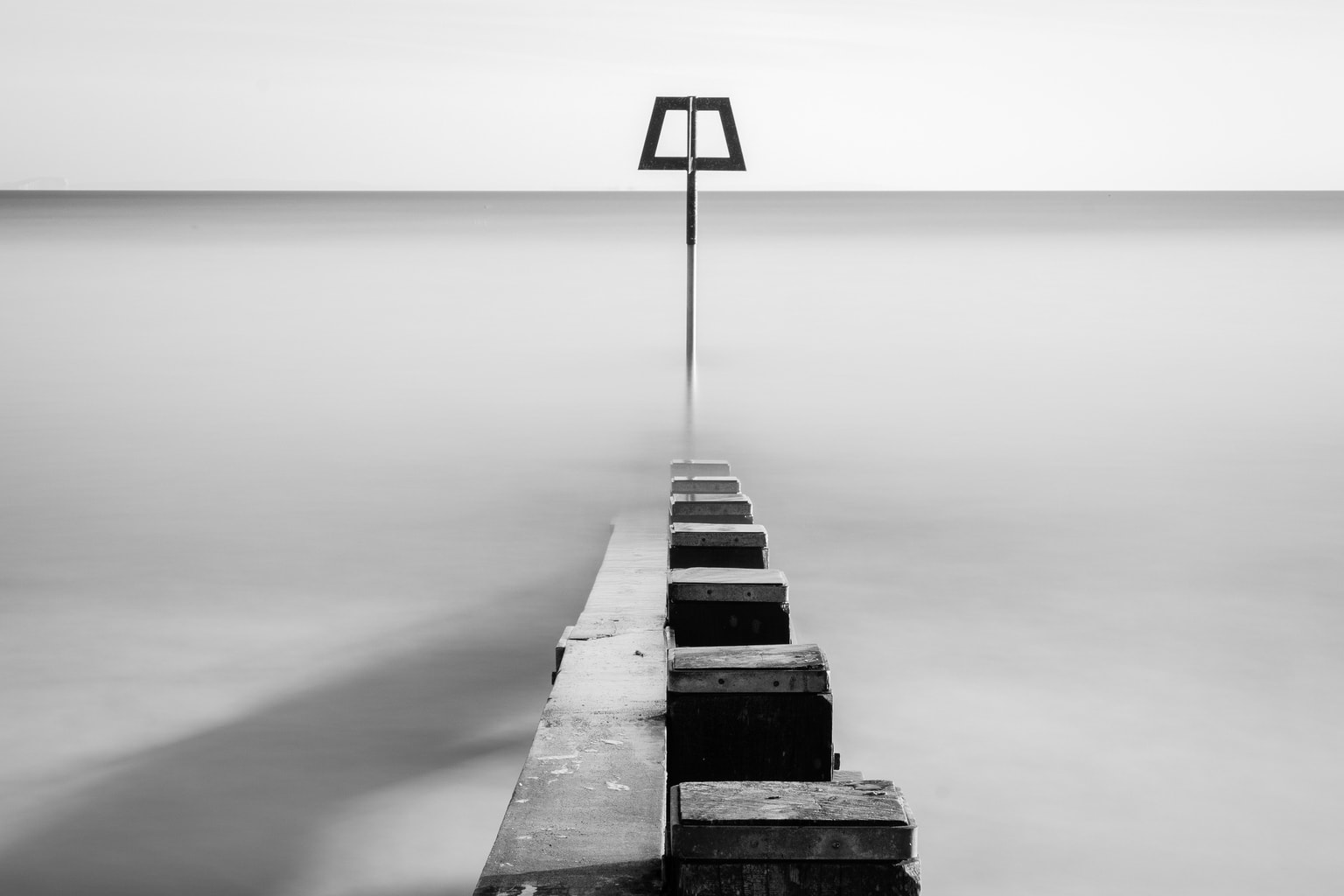
17. PROTECT YOUR CAMERA WHEN PHOTOGRAPHING ON THE BEACH
If you want an excuse to change your camera and you plan to throw yours away, the best thing to do is leave it on the sand or let the sand in. If it is not your case, take care of it. Protecting it does not mean leaving it at home, it means ensuring that it does not fall using the leash, not leaving it on the sand (never, under any circumstances) and keeping it in its case when you are not using it. This advice will not help you to take photos today but you must follow it if you want to shoot again tomorrow
I could go on telling you to take the opportunity to capture textures in the sand, photograph crabs or shells with a macro, play with forced perspective, get spectacular landscapes at sunset or sunrise , etc. But no, I'm going to stop here because what I want is not to keep you reading all day, but rather that you take advantage of your holidays to have fun with your camera.

